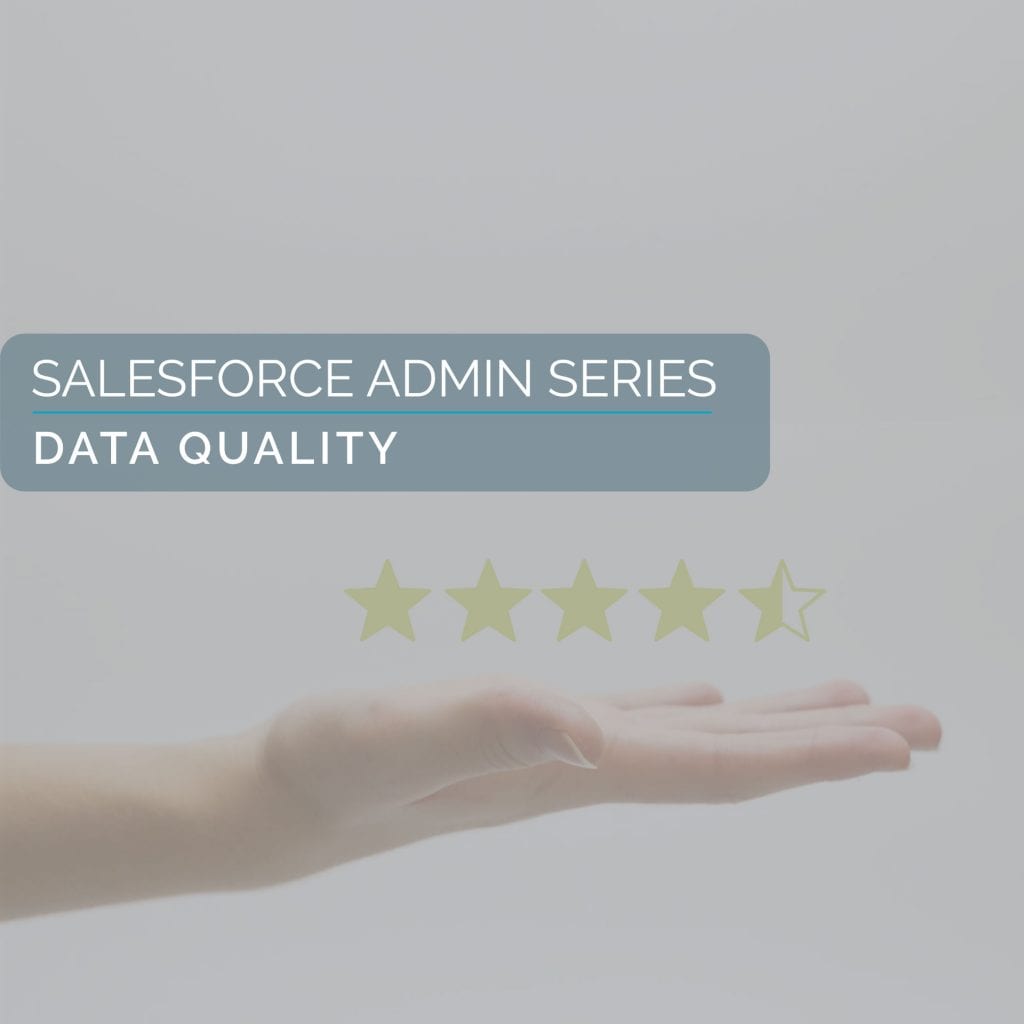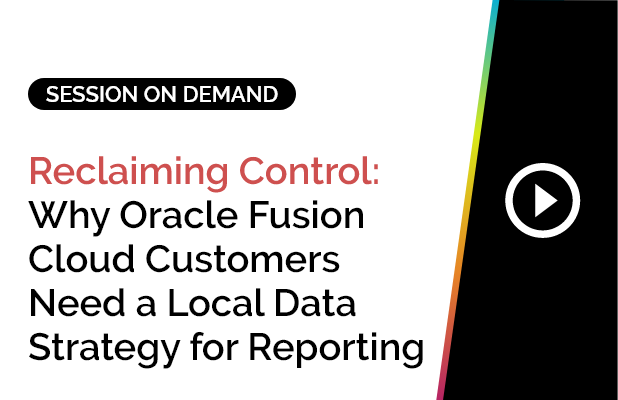Introduction
In the previous entry we discussed missing information; how it ails Salesforce Admins and Analysts, but fortunately we found a few answers. This time we tackle data quality, a necessity for top line reports. Data quality for some admins may seems like an ambiguous term, but it’s much simpler than you’d think. Let’s break it down.
There are 2 components that make up quality data:
- Cleanliness
- Accuracy
Most of the time salesforce admins and analysts find it easy to clean data. The reason? They can do it themselves. No relying on IT to perform complicated functions or relying on Salespeople to promptly and properly enter their activities (we’ll get to that in accuracy). Clean data is like a clean house. Everything is in the right place, there is no trash lying around, and nothing is duplicated or incomplete (ok, that last one doesn’t really pertain to house cleaning).
Clean data means that the data in the database is all there (not missing), not duplicated, and up to date. When all these standards are met, your data is relevant. By removing all the broken data, you’re allowing only clean data into your reports, thus directly making them more relevant and useful.
Now when we talk about data accuracy, we’re talking about making sure the data is entered properly and that there are no mistakes. In other words, the values in the database are the correct values. In the particular case of the SFDC admin, accurate data comes from updating information This is something not entirely in control of the SFDC admin and analyst. The possible 3 hotspots where data becomes inaccurate are:
- Integrations
When integrating a new app in Salesforce (or any CRM), admins must make sure data is coming in to the right areas. Otherwise you end up with missing or incomplete data.
- Imports
Like integrations, you need to make sure lists are plugging in to the right system.
- Access
The more people that have access to enter, edit, and record data in your CRM, the higher chance human error can come into play. Mis entered data, duplicate entries, and data in the wrong spot. It happens. We’re all human.
By monitoring areas where data enters the database, you can ensure that your data is accurate.
When your data is accurate you can more effectively and efficiently connect your departments to each other and improve the communication between them. Accurate data eliminates any questions or ambiguity and puts puzzle pieces together that tell the real story of what’s happening across the departments of your organization.
If you haven’t already, be sure to check out Part 1 of the Salesforce Admin Series: Missing Data.













